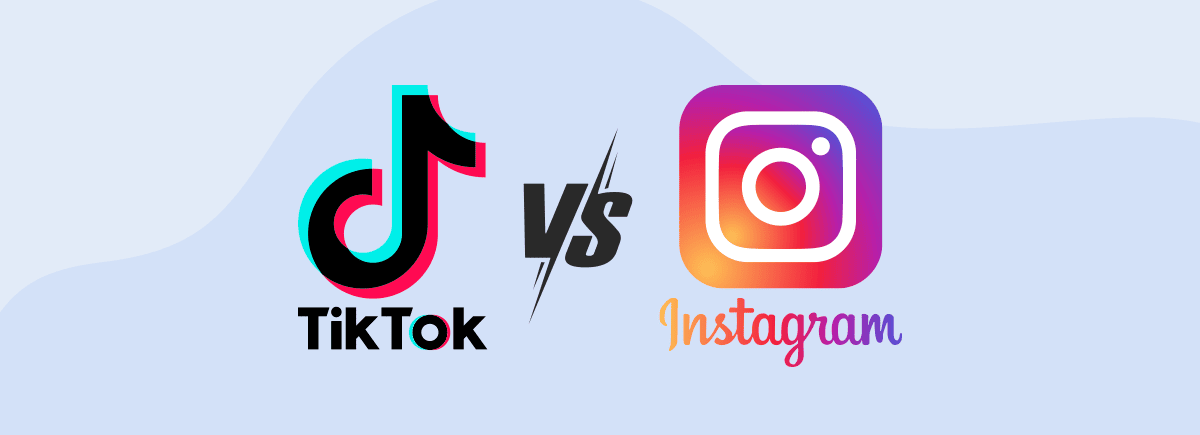As short-form video content gains popularity, Instagram Reels and TikTok have emerged as two of the leading platforms for creators and users alike. While they share similarities, there are key differences that set them apart. Here’s a closer look at how Instagram Reels and TikTok compare.
1. Content Focus and Audience
- TikTok: Originally designed for quick, creative videos, TikTok emphasizes entertainment and virality. Its user base skews younger, with a strong focus on trends, challenges, and memes. The platform encourages users to be spontaneous and often showcases a wide variety of content, from dance challenges to educational snippets.
- Instagram Reels: Reels are part of Instagram, which has a broader focus on lifestyle, aesthetics, and social connections. While Reels aim to capture the fun and creativity of TikTok, the content often reflects the existing Instagram culture, including fashion, travel, and personal branding. This makes it appealing to a more diverse age group.
2. Video Length and Features
- TikTok: Initially limited to 15 seconds, TikTok now allows videos up to 10 minutes long. The platform offers a vast array of editing tools, effects, and filters, along with a robust library of music and sound clips. TikTok’s unique algorithm also plays a significant role in determining what content goes viral, often favoring newer and creative approaches.
- Instagram Reels: Reels allow videos of up to 90 seconds. While Instagram provides editing tools and music options, they’re often seen as less extensive than TikTok’s. Reels are designed to fit seamlessly into the Instagram ecosystem, meaning they can be shared on your feed and in Stories, but they don’t have the same dedicated discoverability as TikTok.
3. Discoverability and Engagement
- TikTok: The For You Page (FYP) is the heart of TikTok’s discoverability, using a powerful algorithm to surface content tailored to each user’s preferences. This encourages viral trends and broad engagement, as even newer creators can quickly gain visibility.
- Instagram Reels: While Reels can be discovered through the Reels tab and users’ feeds, Instagram’s algorithm is often more influenced by followers and engagement history. This means that gaining traction may require a more established follower base compared to TikTok.
4. User Interaction and Community
- TikTok: The platform thrives on community interaction, with users often collaborating through duets and stitches. This fosters a sense of connection and encourages participation in challenges, further enhancing the platform’s viral nature.
- Instagram Reels: Interaction in Reels is more traditional, relying on likes, comments, and shares. While collaboration exists, it’s not as integral to the platform as it is on TikTok. Reels users may also engage with the broader Instagram community through Stories and posts.
5. Monetization Opportunities
- TikTok: TikTok offers monetization through the Creator Fund, brand partnerships, and live streaming features. The platform has made strides in providing opportunities for creators to earn money directly from their content.
- Instagram Reels: Instagram has been expanding monetization options, including affiliate marketing and brand collaborations through the Instagram Shops feature. Reels can also be used to promote sponsored content, making it an attractive option for influencers and brands alike.
Conclusion
Both Instagram Reels and TikTok offer unique experiences for users and creators, catering to different preferences and styles. TikTok is ideal for those looking for a platform centered on trends and virality, while Instagram Reels appeals to users who value aesthetics and a more integrated social media experience. Understanding these differences can help creators choose the right platform for their content and engage effectively with their audience.


